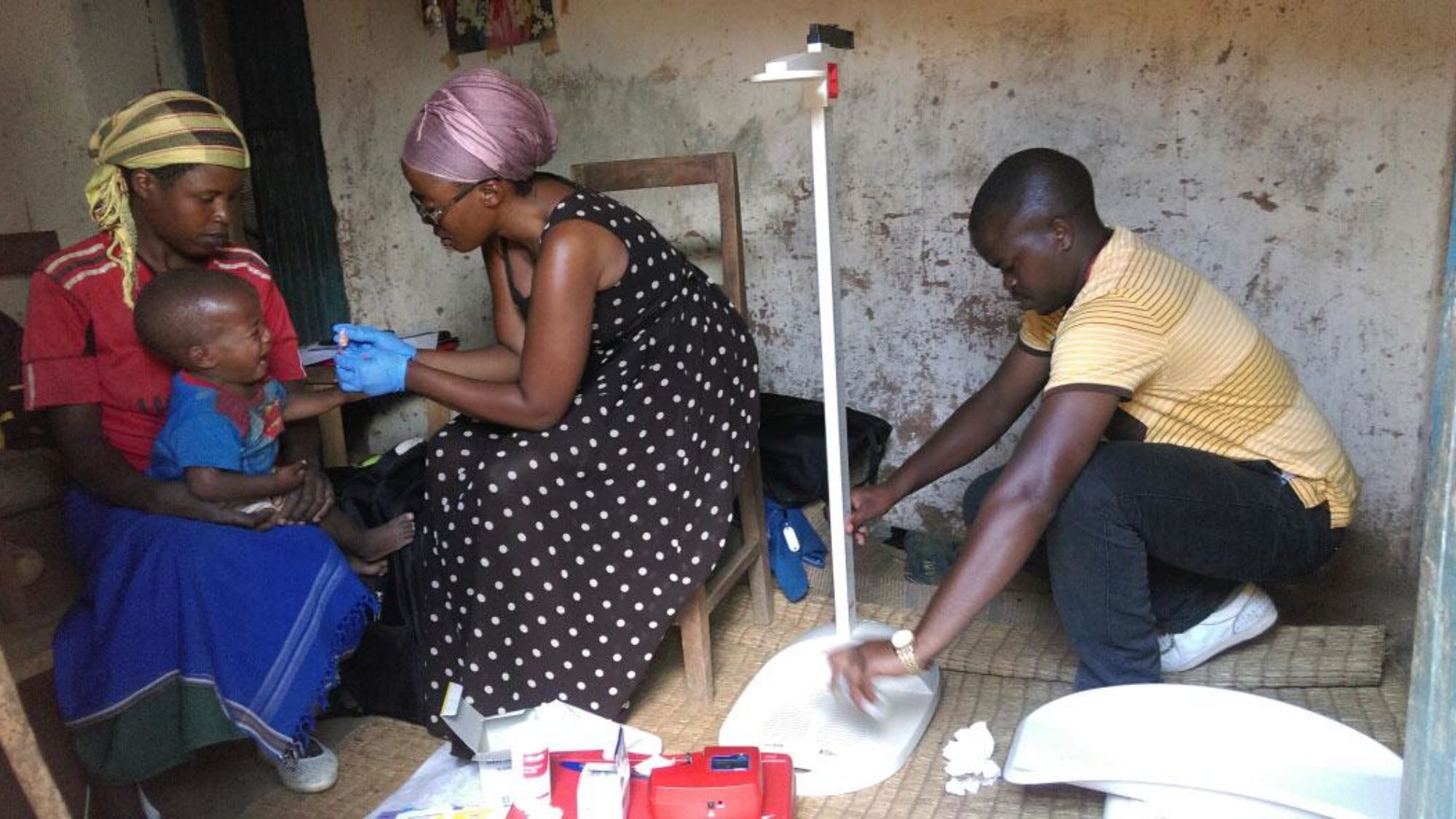When it comes to development funding, would populations in need be better off if aid practitioners simply got out of the way and distributed aid in cash rather than in complex and bundled programs?
“This is something of an existential question—one that keeps many in the aid sector up at night,” says McCourt School of Public Policy Assistant Professor Andrew Zeitlin, who recently completed a study that seeks to provide an answer.
Zeitlin and his colleague Craig McIntosh, an economics professor at the University of California, San Diego, designed a study to benchmark a traditional USAID child and maternal nutrition and health program in Rwanda against cash transfers to compare the effects of the two approaches. To test the effects, the researchers divided 248 Rwandan villages into four groups—one of which received USAID nutrition programming, one that received a cost-equivalent cash transfer of around $141 per household, one that received a large cash transfer of $532 per household, and a control group that received no intervention.
After a year of studying the different groups, results indicated that neither the USAID programming nor the cost-equivalent cash transfer improved child outcomes, which were measured by child growth, household dietary diversity, maternal or child anemia, and household wealth. Meanwhile, those households that received the large cash transfer of $532 reported higher consumption, savings, assets, and house values. Higher consumption impacts also led to improvements in diet, child growth and child mortality.
A New Way of Thinking About Development Funding
So are large cash transfers the way of the future for development funding? The answer may not be so simple, says Zeitlin.
“I think that we shouldn’t expect that any one type of program is going to dominate, that in-kind programs versus cash programs are always going to be best under all circumstances and for all outcomes,” he says.
What this study does is demonstrate the value of cash benchmarking to evaluate what mix of resources and programming might be best given the intended outcomes of a development project. “In the case of this particular study we learned that the status quo programming that was out there was not delivering much in terms of impacts, at least not over the time horizon that we were able to study exposure for, and we hope that that helps inform the next generation of programming,” Zeitlin says.
On the heels of Zeitlin and McIntosh’s study, the Rwandan government introduced subsequent nutritional programming that includes a cash transfer component for households with young children to help address a missing piece in the programming uncovered by the study.
Zeitlin hopes that his research and other studies like it will create an environment in which organizations and governments feel healthy pressure to design programs that ensure aid money is going where it can do the most good.
Further Research
To continue exploring the possibilities around cash-benchmarking, Zeitlin is currently working on two additional studies. For the first, he and McIntosh are designing a similar study to the one they completed in Rwanda, but this time they’ll be looking at youth employment programs in the central African country. He’ll also be examining the cost-effectiveness of employment programming in Nairobi, Kenya, as part of a study he’s doing with the International Rescue Committee.
Ultimately, Zeitlin says he’s encouraged to see organizations like IRC and USAID holding up a mirror to their programming and asking what they might change in order to have the most impact. “Aid money goes to a lot of things,” he says, “and some of that is not doing the most good that it could be doing for the dollars spent.”
